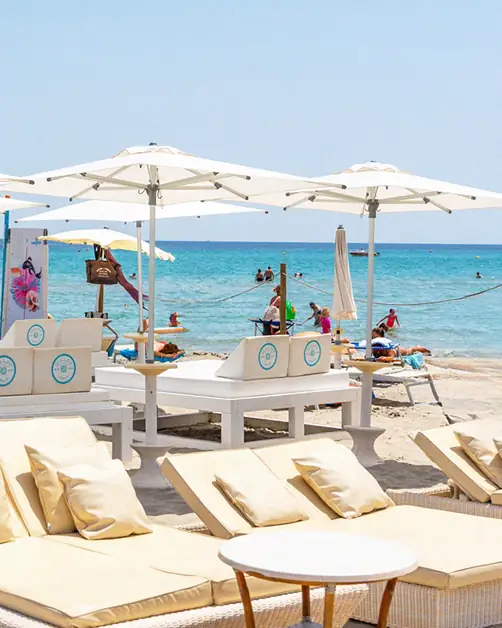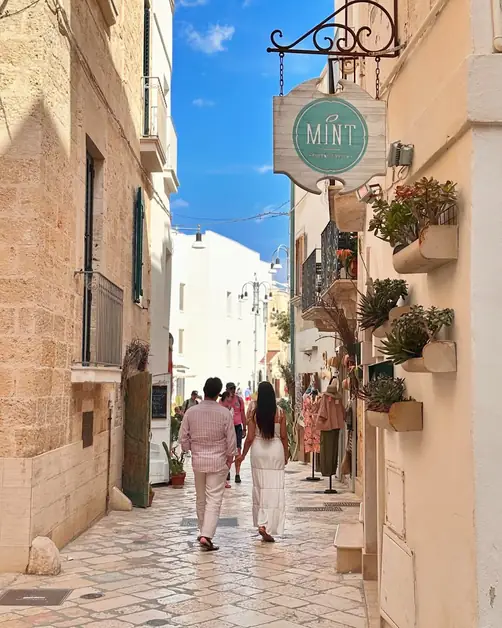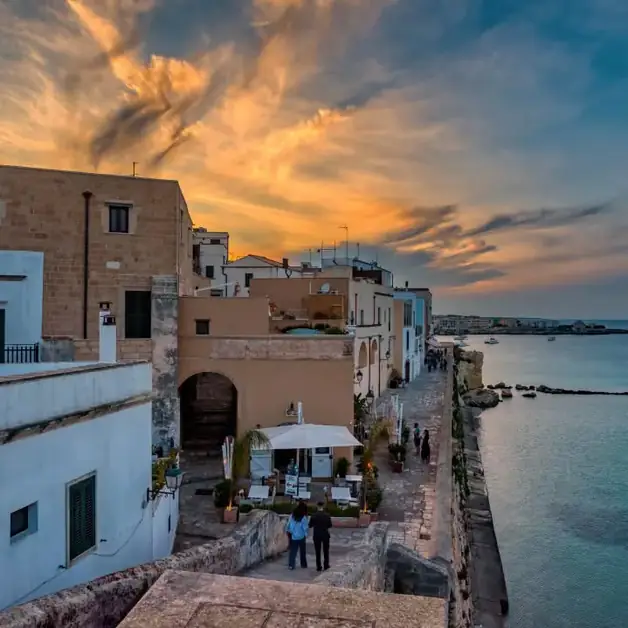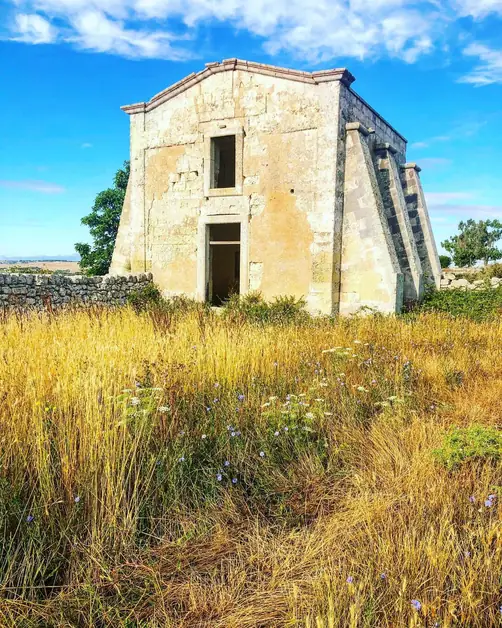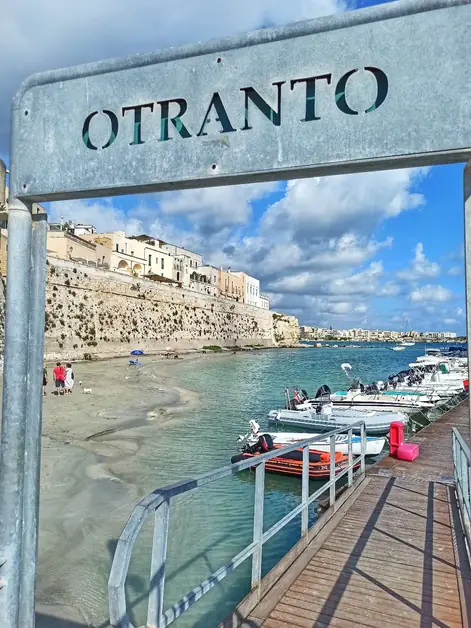The magical summer solstice at Otranto Cathedral
On June 21, the Cathedral of Otranto shines with magic.
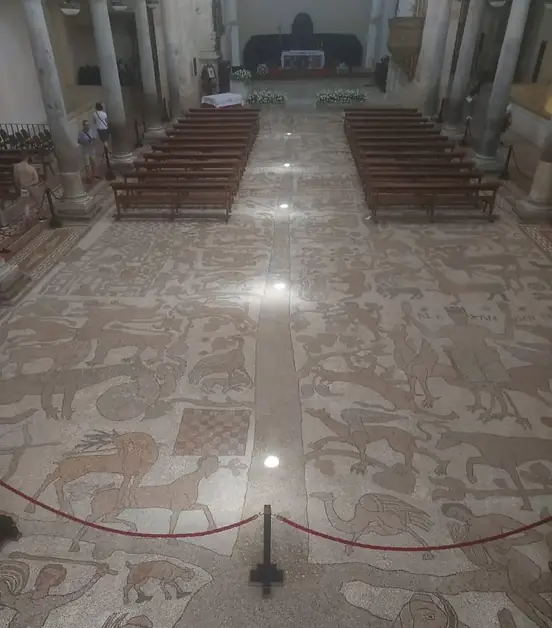
What happens in the Cathedral of Otranto during the summer solstice?
Every year, on June 21, the day of the summer solstice, the Cathedral of Otranto offers a fascinating natural spectacle. The rays of the sun enter through the stained glass and perfectly illuminate the Tree of Life, the large mosaic on the church floor.
This phenomenon is made possible by the precise alignment between the orientation of the cathedral and the position of the sun. A rare event that attracts tourists, worshippers, and art and culture enthusiasts.
What is the Tree of Life in the Cathedral of Otranto?
The Tree of Life is a huge floor mosaic created in 1163 by the monk Pantaleone. It is located in the central nave of the Cathedral. It represents a spiritual and symbolic journey, with biblical characters, fantastic animals, and scenes from the Old and New Testaments.
The work is considered one of the most important medieval mosaics in Europe. It is not just art, but also a religious message.
Why visit the Cathedral of Otranto on June 21?
Visiting the cathedral on the day of the summer solstice allows you to witness a unique phenomenon: the sunlight directly hits the trunk of the tree in the mosaic, creating an impressive visual effect.
This light symbolizes beauty, faith, and hope. For visitors, it is an exciting experience to be lived in silence and respect.
What is the spiritual significance of the solar alignment?
For Christian tradition, the sun illuminating the Tree of Life indicates the presence of God in nature. The orientation of the light directs the gaze eastward, towards the point where the sun rises, a symbol of Christ.
It is an invitation to begin a journey of faith, to reflect on one’s life and the meaning of existence.
Who has spoken about the importance of this event?
The Archbishop of Otranto, Monsignor Francesco Neri, explained that this union of light, art, and faith helps to understand the presence of God in beauty. He also recalled the words of Saint Francis of Assisi, who in the Canticle of the Creatures speaks of the sun as "bearer of the meaning of God."
According to the Bishop, every traveler or pilgrim entering the cathedral is accompanied by this path of light towards Christ.
What does the Tree of Life represent for tourists?
For tourists, the Tree of Life is a cultural and artistic attraction of great value. But it is not just art. It is also a universal symbol, a visual story that speaks of nature, faith, and history.
Visiting the mosaic also means carefully observing the many details: animals, religious symbols, historical and legendary characters.
What emotions does a visitor feel?
Those who visit the cathedral during the solstice feel awe and wonder. The natural light hitting the mosaic creates a connection between heaven and earth. It is a simple yet powerful moment that unites everyone: worshippers, tourists, children, photographers, and scholars.
Where is the Cathedral of Otranto located?
The Cathedral of Santa Maria Annunziata is located in the historic center of Otranto, in the province of Lecce. It is easily reachable on foot. The building overlooks a quiet and welcoming square and is one of the most visited places in Salento.
Is it possible to visit the cathedral all year round?
Yes, the cathedral is open all year round, but the most special moment is certainly June 21, the day of the summer solstice. On that date, many also participate in the solemn mass celebrated in the main nave.
Is a ticket required to enter?
Entrance is free, but on special days like the solstice or during certain religious celebrations, it is advisable to arrive early. The number of visitors can be high, especially in the summer months.
What other elements can be seen besides the mosaic?
Inside the cathedral, there are also the crypt, the chapel of the Martyrs, and the bones of the 800 martyrs of Otranto. The entire complex offers a visit rich in history, faith, and culture.
